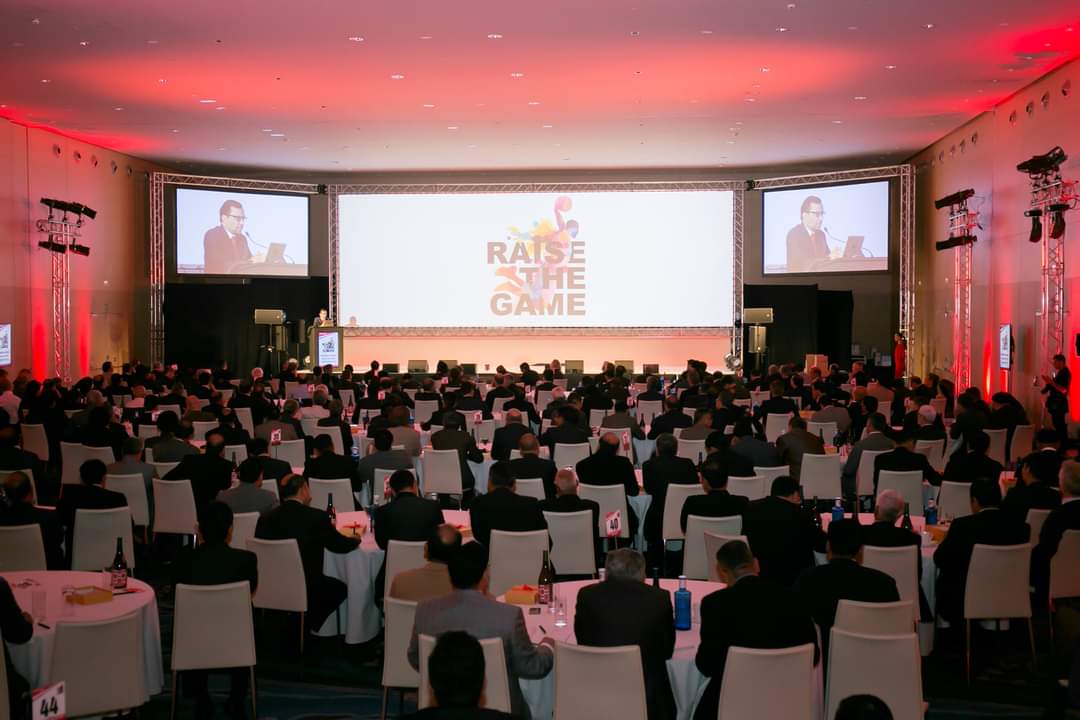A heavy event turnout is indeed a good thing. However, with a crowded venue comes a greater
likelihood of disorder, injury, or damage to property. It’s your legal obligation to ensure the event
concludes with everyone making it safely to their cars or hotel. Crowd management is extremely
important and cannot be overlooked. Here are some crowd control measures for maintaining order
at a crowded function.
Have Ample Staff
What’s the optimal staff-to-attendee ratio? There’s no specific figure, but one to two staff members
for every 10 guests is a good rule of thumb. Each staff should also be versed in the layout of the
venue. They should, for example, know where the nearest restroom is from any point in the venue.
Communication among members is also very important. Each member should be able to stay in
contact through their personal devices or walkie talkies. This way, staff can hurry over in a minute’s
notice if a colleague requires assistance.
Staff should also be strategically placed and assigned an area. There should be staff present for areas
like the registration line, guest service station, and presentation room.
Hire Third-Party Security
It’s not recommended that you have your own staff perform the duties of security or safety officers.
Regular staff may lack the training and a single misstep can result in a major complaint or even a
lawsuit.
Instead, hire third-party security that are actually trained to handle certain situations. The following
duties should be left to security and not event staff:
Using metal detectors and checking personal bags for contraband
Confronting an unruly guest and detaining an attendee
Contacting law enforcement or ambulance in an emergency
Be sure to instruct staff to report any suspicious activity to security. The communication among staff
also need to extend to the security team.
Use Barricades and Stanchions
Lines can quickly become disorderly with people branching off and forming second and third lines,
cutting off people in the right line. For registration areas and any area that requires waiting in line,
use stanchions or cones with yellow tape to establish where the line begins and ends. You can also
use these materials to cordon off no-go or staff-only areas.
You should use temporary fencing and/or barricades to establish the event perimeter from the rest
of the public square. This is especially recommended if all or a portion of the event takes place
outdoors. It also prevents event crashers from blending in from the rest of the attendees.
Perform a Risk Evaluation
There is always a risk of something undesirable occurring, hence the need for security personnel.
Review all the possible scenarios in which something terrible may occur and have a plan for it. As
part of a risk assessment, you should, for instance, be able to identify every venue exit and instruct
staff to make sure they’re unobstructed at all times.
An evaluation may also include the likelihood of purposeful disruption. People may use your event
to advance their own agendas or protest if they have a grievance with your company.
Have an Emergency Plan
Having an emergency plan is the natural follow-up in a risk evaluation. It outlines the steps staff
members are to take should an emergency scenario take place. If attendees need to be evacuated,
for example, is there a designated waiting area outside for them? Another consideration may be
cordoning off an area near an entry as a reserve spot for an emergency vehicle. You may also need
to identify all entryways with a double door that allows emergency responders to enter with
equipment (i.e. stretcher).
All potential emergencies are compounded when dealing with a large crowd. On your part, you need
to plan and keep communication tight between staffers and security. An organized plan ensures you
are ready to tackle a situation should situations get out of control.




